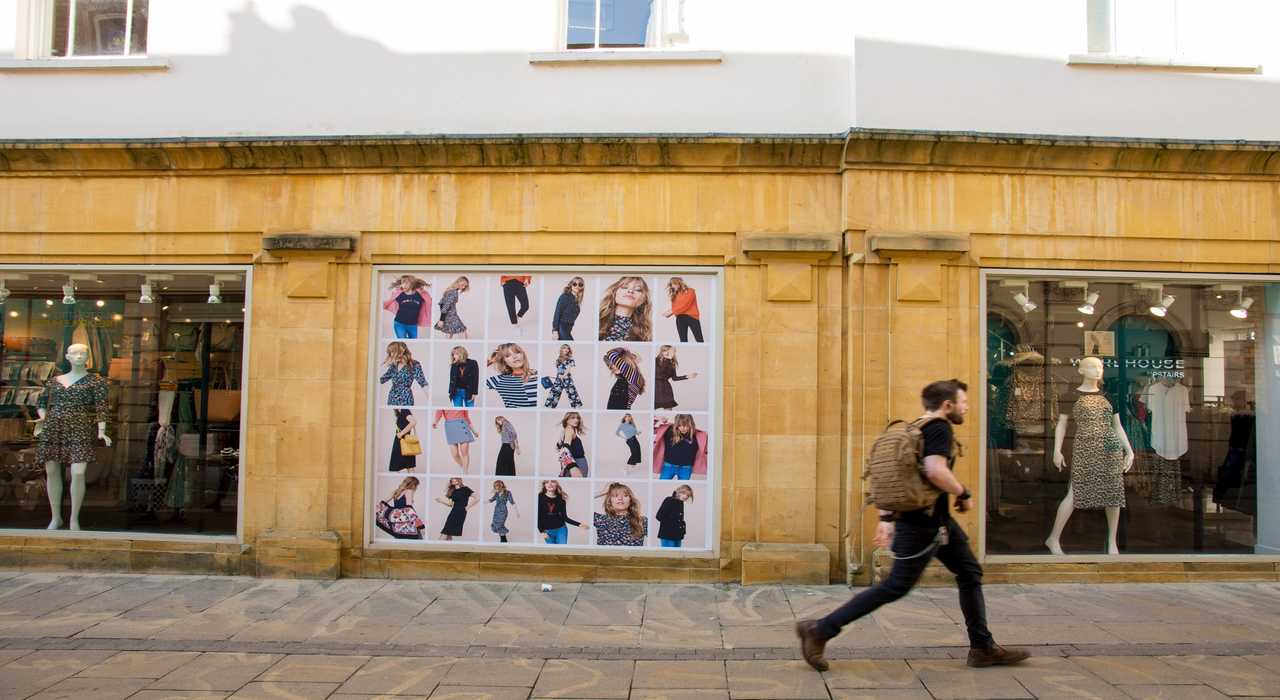
The US retail industry association expects sales in November and December 2025 to rise between 3.7% and 4.2% over last year, reaching a total between $1.01tn and $1.02tn.
Compared with last year’s 4.3% increase in retail holiday sales, this year’s projected growth is lower, with the NRF saying consumers are “cautious in sentiment.”

Discover B2B Marketing That Performs
Combine business intelligence and editorial excellence to reach engaged professionals across 36 leading media platforms.
NRF president and CEO Matthew Shay said: “American consumers may be cautious in sentiment yet remain fundamentally strong and continue to drive US economic activity. We remain bullish about the holiday shopping season and expect that consumers will continue to seek savings in nonessential categories to be able to spend on gifts for loved ones.”
The federation also projects that retailers will hire between 265,000 and 365,000 seasonal workers to meet consumer demand during the holiday period.
This represents a reduction from last year’s 442,000 seasonal hires, reflecting a slower pace in the current labour market.
NRF chief economist and research executive director Mark Mathews noted that some hiring typically associated with the holiday season may have been accelerated earlier in the year to support October buying events.

US Tariffs are shifting - will you react or anticipate?
Don’t let policy changes catch you off guard. Stay proactive with real-time data and expert analysis.
By GlobalDataRetailers are expected to monitor consumer spending patterns during the holiday season due to the ongoing tariffs situation and could adjust their staffing if demand increases.
Mathews said: “The economy has continued to show surprising resilience in a year marked by trade uncertainty and persistent inflation. As tariffs have induced an uptick in consumer prices, retailers have tried to hold the line on prices given the uncertainty about trade policies.”
The federal government shutdown has been identified as a challenge for the retail sector this holiday period. The timing of the shutdown, immediately before the peak shopping season, is expected to delay federal spending and reduce private-sector income, which may dampen consumer demand.
The NRF indicated that while many consequences may be temporary, their severity could increase if the shutdown continues.





